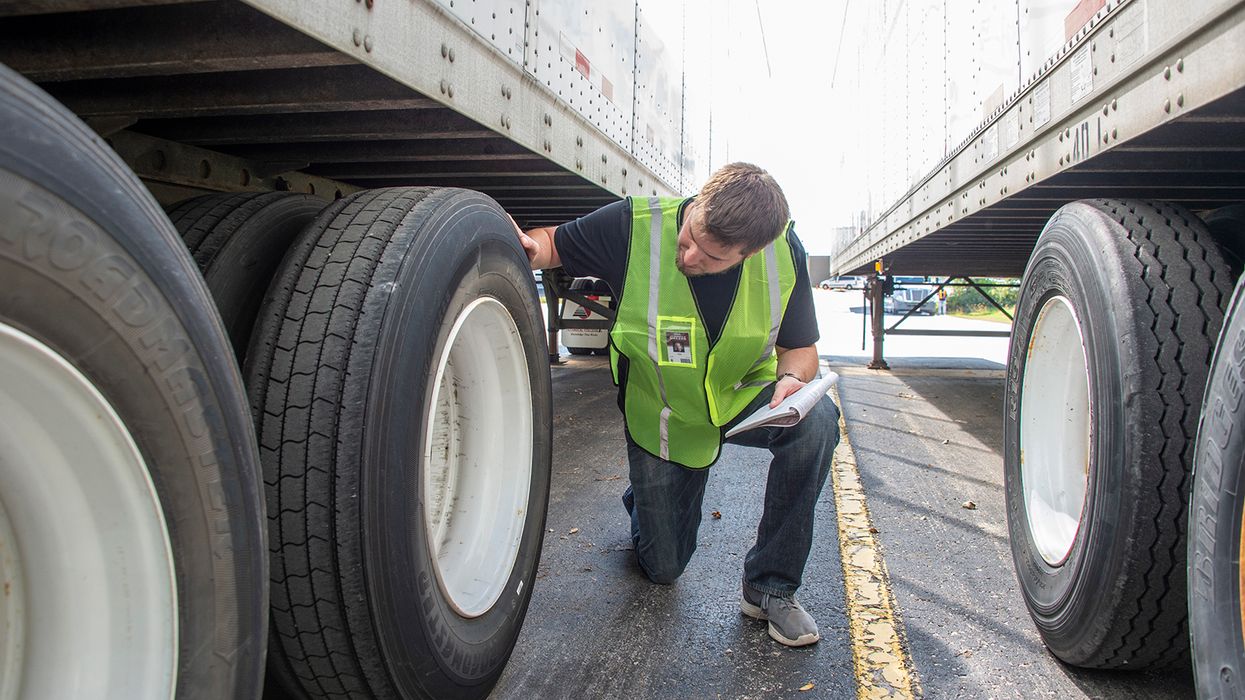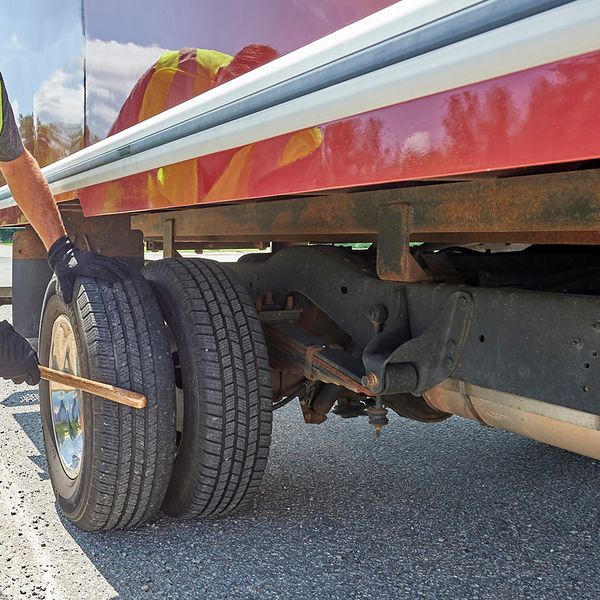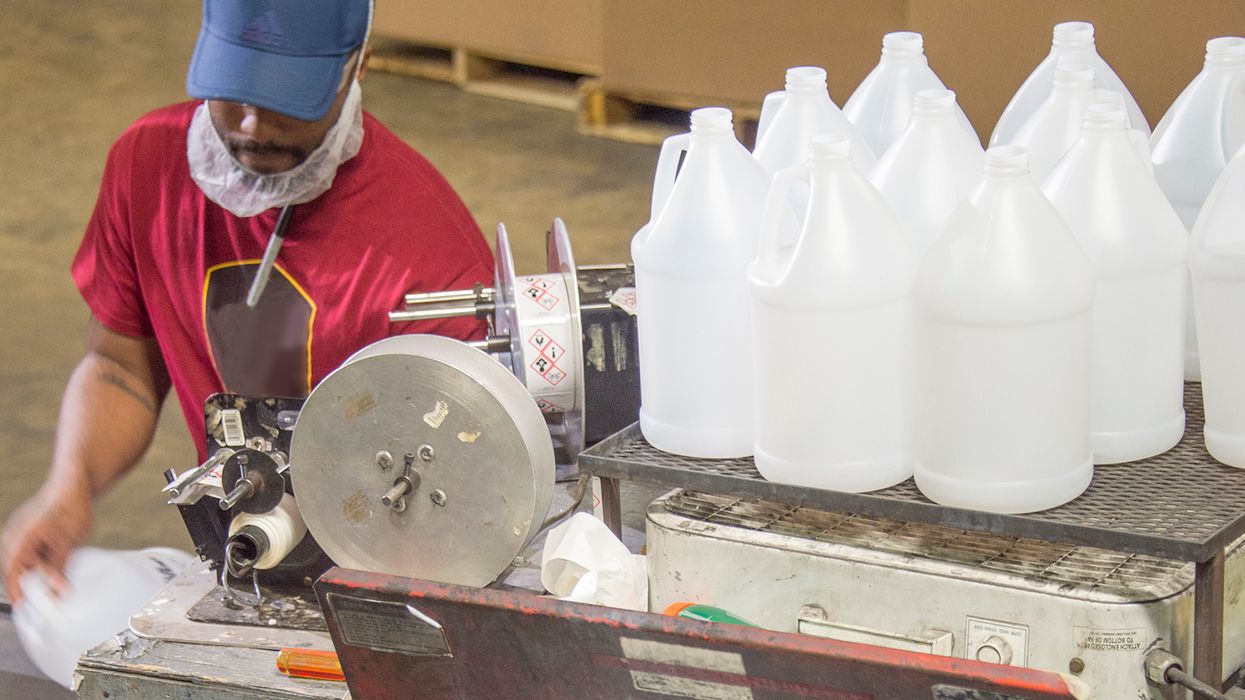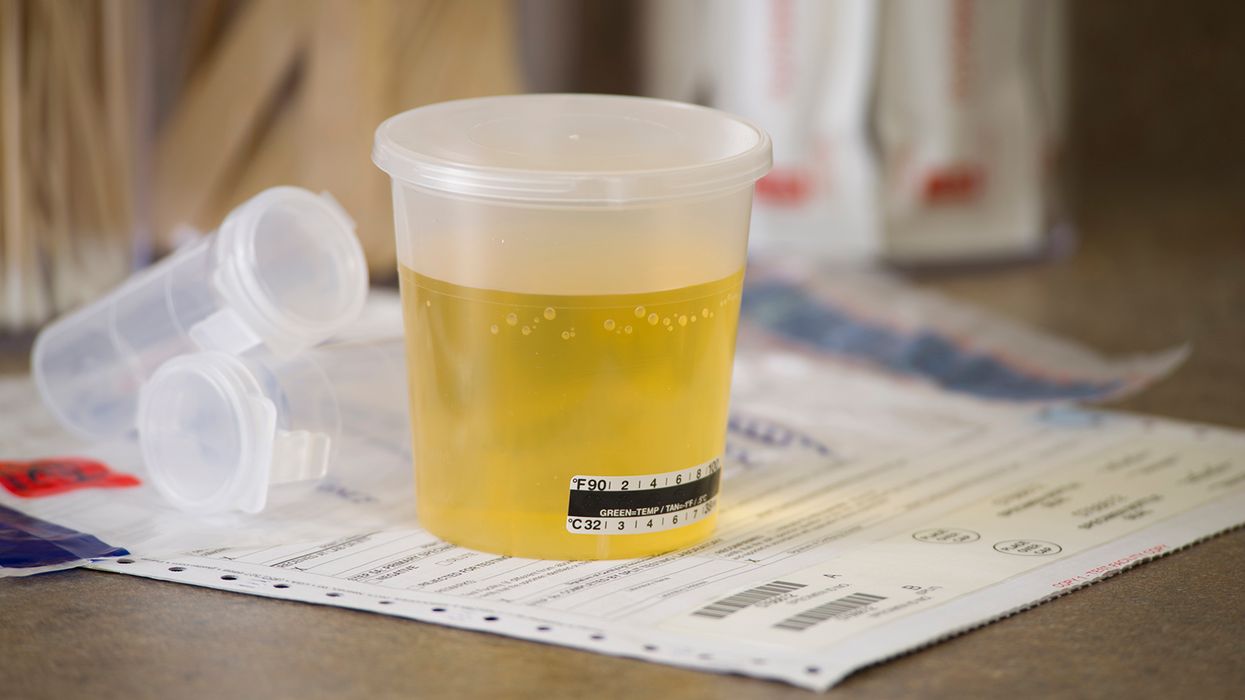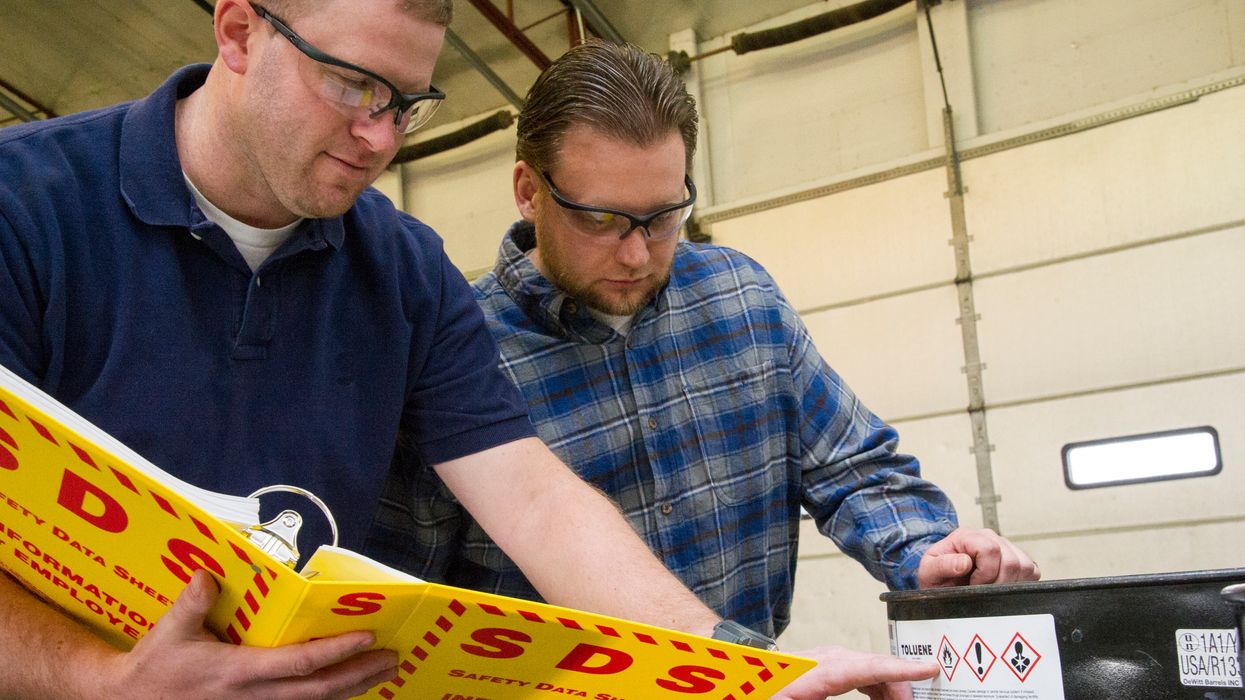Quick read: Help your drivers gain traction in tire inspections
Your commercial drivers can help deflate the cost of downtime and repairs associated with damaged tires. Given the right tools and training, they are your first line of defense against a defective tire.
Any detected problems should be reported by your drivers to the fleet maintenance shop to be addressed.
Equip your drivers
Make sure your drivers are equipped with the proper tools to help identify and address a defective tire.
Commonly issued equipment includes:
- An axe handle, hammer, or “tire buddy” used for checking tires when hot. “Thumping” tires is recommended any time the vehicle is parked.
- A good pair of pliers for removing objects from the tires.
- A quality tire pressure gauge. The tire gauges must themselves be checked frequently to make sure that they are accurate. If they are off by more than 5 psi, they should be replaced or repaired.
- A tire depth gauge.
In addition, it’s recommended that drivers maintain a tire-pressure log. This log could appear on maintenance inspection reports, pretrip inspection reports, or a post-trip Vehicle Condition Report.
Perform a visual inspection
Driver inspections should include a visual examination of the tire and rim and an inflation check.
When performing a tire inspection, your drivers should be trained to check:
- Rims for bends, cracks, or bad lug holes;
- Wheels for broken studs and nuts;
- Cap nut for looseness (rust streaks); and
- Oil/grease seals for leaks.
Drivers should examine the tires for:
Foreign objects embedded in the treads;
- Cuts, cracks, or separations;
- Bumps or bulges, tears, or cracks in sidewalls;
- Caps on valve stems;
- Low air pressure when the tires are cold; and
- Overheating by feeling the sidewall (during and after the trip).
Additional resources
To learn more about commercial motor vehicle tires, check out the following Compliance Network articles:
Questions?
If you have a question about commercial motor vehicle tires or any other regulatory topic, please reach out to our compliance experts using Expert Help. Our team of experts is always happy to assist.

